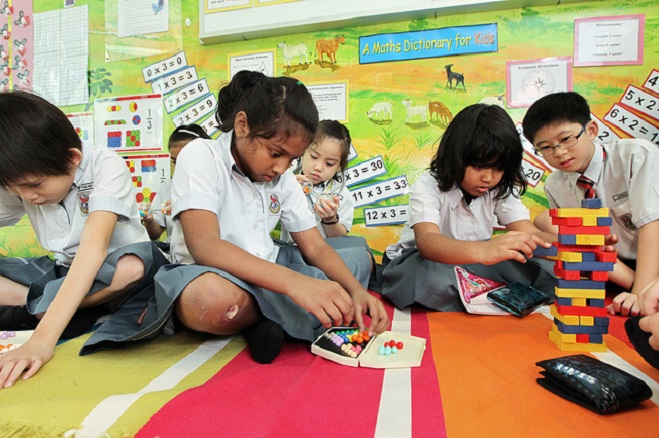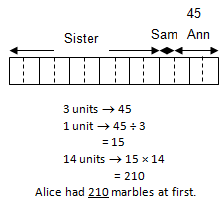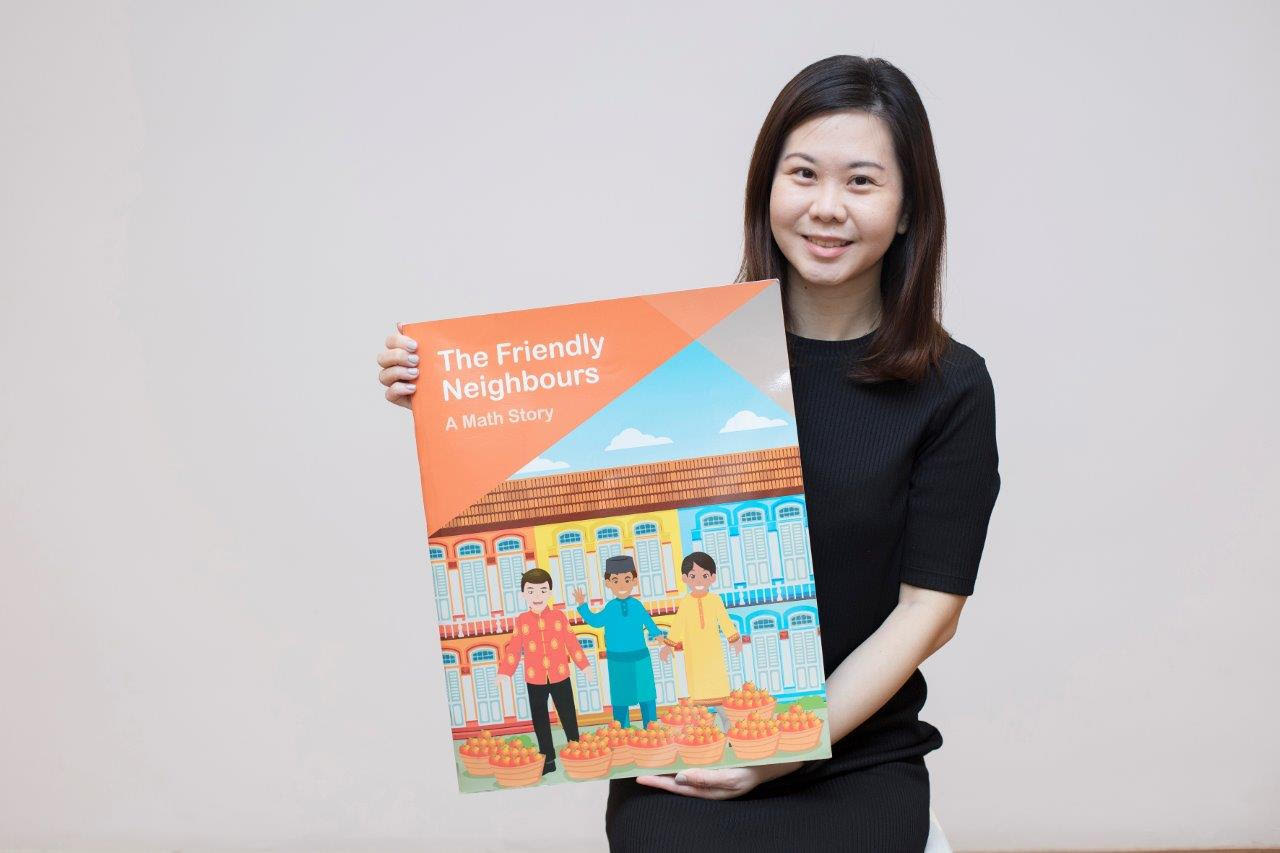Fun with Maths!
01 Apr 2016

Learn how Mathematics is taught in schools here, and how the United States is adopting our model of teaching the subject!
Effective learning of Mathematics at the primary level can be fun and engaging. Teachers make use of everyday experiences, learning aid and pictorial representations to help them understand abstract concepts. This is part of the effective Concrete-Pictorial-Abstract (C-P-A) approach that is advocated in the curriculum.
To make learning fun and engaging, teachers design activities for students to learn together. For instance, students learn through mathematical investigations and games which are activity-based, which encourage collaboration and promote participation in the learning process.
“The beauty of this approach allows students to approach mathematical concepts visually. The structured activity-based lessons are student-centred and allow students to learn Maths in a fun, and yet effective and confident way.” – Mdm Pearleen Ong, Teacher, First Toa Payoh Primary School.
Tan Jie Kai couldn’t agree with Mdm Ong more:
“My teacher prepares a lot of activities for our math lessons. We always have quizzes and games to test our knowledge. One of the lessons I remember so well is the place value lesson. She brought magnetic base-tens numbers to teach us. It made the learning of place values easier and less complicated. I think I am confident enough to help my juniors if they need help with these math topics as I am confident on how to use concrete objects to explain math concepts.” – Tan Jie Kai, Primary 5 (Fascinating), West View Primary School.

The model drawings found in word problem solutions are widely recognised as a symbol of Singapore Mathematics. These pictorials provide students with a simple tool to represent the Mathematical relationships in a word problem and then work out strategies to solve the problem. It is also a useful aid to help students understand the concepts of fractions, percentages and ratio.
“The learning aids help to make the abstract visible. In the past, it was difficult to explain fractions for example, one third, to students. It was difficult for them to visualise it. With the fraction discs and bars, we can now bring across the message easily.” – Mrs Tan Lim Kwee, Teacher, Bendemeer Primary School.
U.S. students and teachers enjoy Singapore’s Mathematics
Singapore’s approach to the teaching and learning of mathematics has attracted a lot of attention from other countries because of the good performance of our students in international comparative studies such as the Trends in International Mathematics and Science Study since 1995.
In the United States, more than 40 states have included Singapore Mathematics as part of their schools’ curriculum. In Fair Haven School in New Haven, Connecticut, school teachers adopted the Singapore Mathematics approach in their classrooms and students had fun learning mathematics effectively together with their friends. Said Zabian Nieves, a 6 year-old student learning Mathematics in Fair Haven School in New Haven, “Do you know why we love to do math? Because it’s so fun.”
[Read more about Connecticut teachers’ experience with Singapore Mathematics here.]

.jpg)



